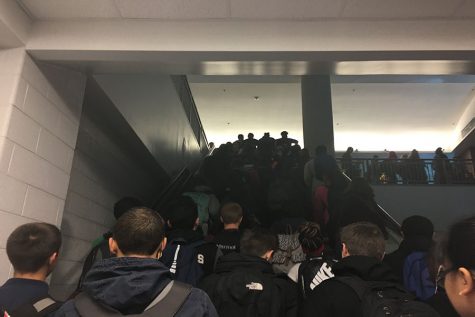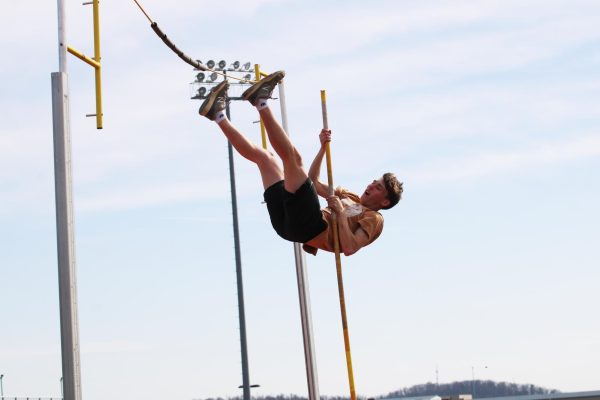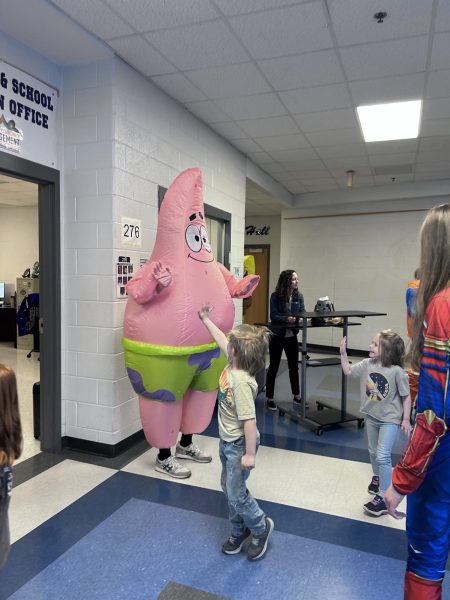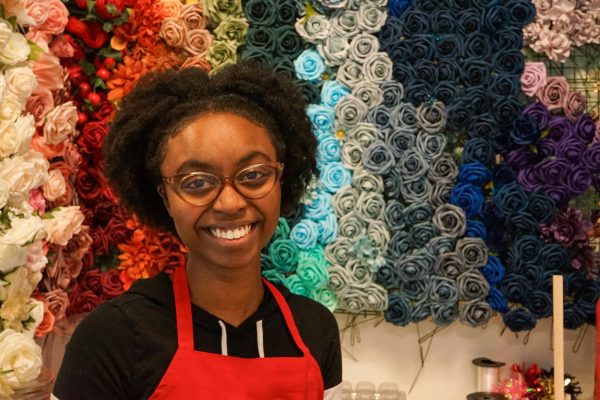Overcrowding becomes danger, no solution in sight
October 31, 2016
As soon as the bell rings at the end of each class, the hallways are immediately flooded with students and teachers travelling all over the building to reach their next class. Over the past few years, the population at HHS has grown and grown, leaving the students and some teachers cram-packed into tight hallways and classrooms with barely enough room to fit everyone. Some classes even have 32 students with not a desk left to spare, so what are our administrators doing to fix this problem? In a recent school board meeting, a representative from Moseley Architects thought that adding an addition onto HHS would be a good option and then proceeded to share plans for the new addition. While some agree that an addition would be a good solution, teacher Jill Hagmaier believes otherwise.
“I understand that nothing happens overnight. It is my personal opinion that we need to look at the growth of Harrisonburg and recognize that we are most likely a two high school town, instead of building a mega high school where you will still have a large, large number of students jostling back and forth between two different places and will still feel crowded,” Hagmaier said.

Last year more classrooms were needed, so the school added two outside classroom trailers and then four more this year to help fix the over crowded classrooms. Hagmaier teaches English in outdoor classroom number 2.
“It will still feel overwhelming to have probably over 2,000 students moving through the same hallways, even though you have two buildings or an addition for it. Maybe it’s time to look to the future and start planning for that second high school,” Hagmaier said.
Sophomore Anne Penrod agrees with Hagmaier’s opinion on getting a second high school.
“I think that the city needs to focus on getting a new high school instead of putting a new elementary school in because yes, it solves the elementary schools problems and the middle schools problems, but it doesn’t solve anything in the end result,” Penrod said.
Penrod believes that the overcrowding is also affecting the quality of students’ education.
“Because there are so many students in each class, the teacher can not give attention to each individual student, so they are not learning as much,” Penrod said. “[Students] don’t have as many resources because there’s more people and the teacher has lots of students to look over and help.”
Even with the addition of trailers, freshman Jenny Arteaga finds herself having to squeeze through crowds of people in the hallways just to get to her classes.
“I think making a bigger building would be good because there’s more people coming to this school, and it’s not like they can build 1,000 trailers outside, so I think extending the school would be a solution,” Arteaga said.
The main staircase is definitely a fire hazard. — Anne Penrod
“People just want to [get to their classes], and they might run into people that are coming the other way. The teachers coming with their carts could be a potential danger to a person going down the hallway,” Arteaga said.
Getting shoved or run over isn’t the only safety concern, Penrod believes the overcrowding could be a fire hazard.
“The main staircase is definitely a fire hazard. If there were to be a fire on the second floor of the school and people had to go down the main staircase, they may trip and fall down the stairs because so many people are trying to pack themselves in such a small space,” Penrod said. “I think if there were to be a fire there would be running, there would be screaming, people wouldn’t stay calm and that’s something you can’t really fix. They can fix the problem of how many people are walking, or running in one staircase at a time.”
Hagmaier agrees that it is a potential danger and thinks the best way to solve this problem is by building a second high school.
“I’m a community member, I’m a parent, I also came from a town where when I was growing up we had one high school, and when I finished college and I came back to substitute in my high school and we had trailers, 20 years later we have three high schools in that town,” Hagmaier said. “There’s just a point where Harrisonburg is going to have to accept the growth that it’s having.”









